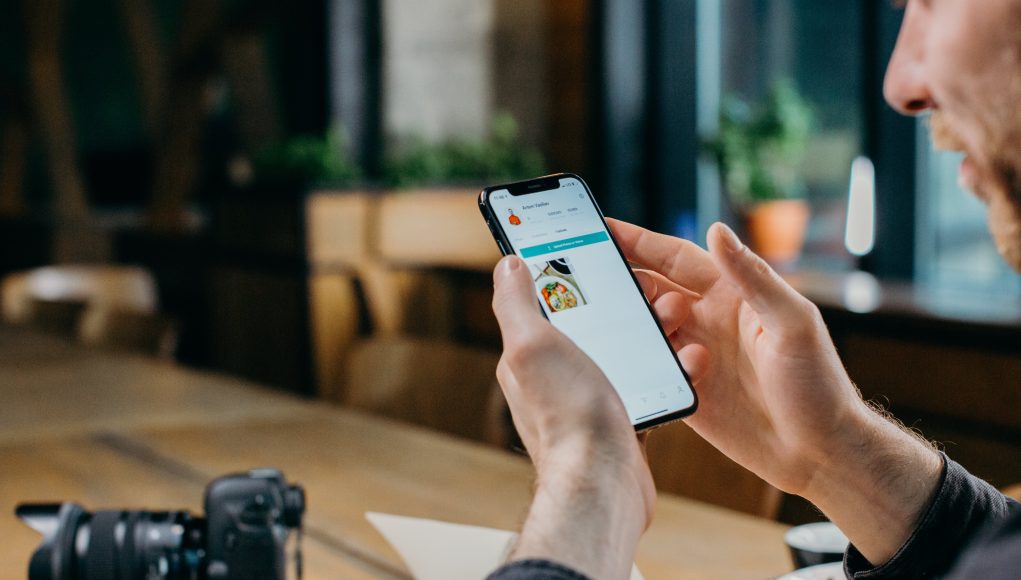In today’s business environment, having a strong digital presence is key to running a successful business. Worldwide, retail e-commerce sales are set to exceed $6 trillion this year, and the number of online shoppers continues to rise.
Quite often, these transactions aren’t taking place on a computer. They’re happening on a mobile device. And while brands can still make sales when smartphone users visit their site with a mobile browser, this generally isn’t the most effective option.
5 ways to monetize your online presence with a webview app
Instead, the best route to monetize your online presence might be to create a webview app for your business.
Here’s a closer look at how and why a webview app is so important for digital monetization:
5. Reaching mobile consumers in the preferred way
One of the most noteworthy ways a webview app can improve your opportunities for digital monetization simply stems from how mobile users prefer to access their content. Globally, people spend nearly 90% of the time they’re on their devices on apps.
A webview app makes use of an embedded browser to display your website content. It enables web-based features while offering app functionalities for a more user-friendly experience.
This model is used by many e-commerce stores, social media platforms, and other digital players. Because it presents up-to-date information from the website and in a mobile-friendly app format.
Making your content accessible in the manner preferred by smartphone users makes it far more likely that your audience will spend their time and money with you.
4. Promote sales with push notifications
One noteworthy advantage of a mobile app is its ability to increase sales and promotions with push notifications.
With a webview mobile app, you can send push notifications that are targeted to the interests of individual users. This could be a sale on a specific product, a storewide promotion, or another offer that encourages them to log into the app and make a purchase.
Overall, 60% of smartphone users opt into receiving push notifications on their devices. With an average clickthrough rate of 4.6% on Android devices and 3.4% on iOS.
Even when users don’t click through and make a purchase right away, receiving a push notification helps keep your brand top of mind, increasing the likelihood of them purchasing with you later.
3. Provide a user-friendly shopping experience
An optimized app experience ensures that when customers want to buy something from your business, they can do so in a more user-friendly manner than if they were trying to use a web browser.
Well-designed app functionality ensures that products are displayed in a way that fits the device screen, while also enabling navigation features like sliding, swiping and tapping. Even more importantly, these apps can integrate secure payment gateways so customers can make purchases with confidence.
Because a webview app reflects the content of your website (and is therefore updated in real-time), you don’t have to worry about the app displaying incorrect product information or stock levels. By providing a streamlined, user-friendly shopping experience, you can increase sales and improve customer retention.
2. In-app advertisements and promotions
You don’t have to be an e-commerce business to monetize your webview app. Because webview apps display the content of your website, they can also be configured to display advertisements.
For example, a free app that delivers blog-style content could have ads that appear periodically throughout different articles. Quite often, users are willing to put up with ads if it means that the app and its content are free.
A webview app can also extend the effectiveness of any paid sponsorships or promotions that you run on your website. For example, if you allow an advertising partner to run sponsored content on your blog or use affiliate links, making that content more easily accessible via a webview app can increase the reach (and monetization potential) of these sources of digital revenue.
1. Offer premium content access
Businesses that offer mobile apps can also monetize their content by adopting a “freemium model” on their website.
Many websites allow access to a limited amount of content (be it a set number of articles per month, or only certain articles), and then require visitors to pay for a subscription to access more. This can apply to your app as well.
Because the app can store a user’s login information, it becomes easy to determine whether they have access to the free content or if they have unlocked the premium content.
The embedded browser included in a webview app also makes it easy for users to sign up for the premium version within the app itself. When the free version offers some value, but you can easily justify the value of the premium upgrade, you can monetize a large proportion of your app’s users.
Unlock your monetization potential with a webview app
You don’t have to be an e-commerce brand to monetize your digital presence with a webview app.
Whether you sell products, offer a premium subscription to exclusive content, or use in-app advertisements, a webview app provides a more accessible way to reach customers with these monetization options.
By reaching your customers in the way that is most convenient for them, you can ensure that your monetization strategies deliver meaningful results.
For more business and entrepreneurship tips, subscribe to our weekly newsletter and follow us on X, Facebook, Instagram, and LinkedIn.







